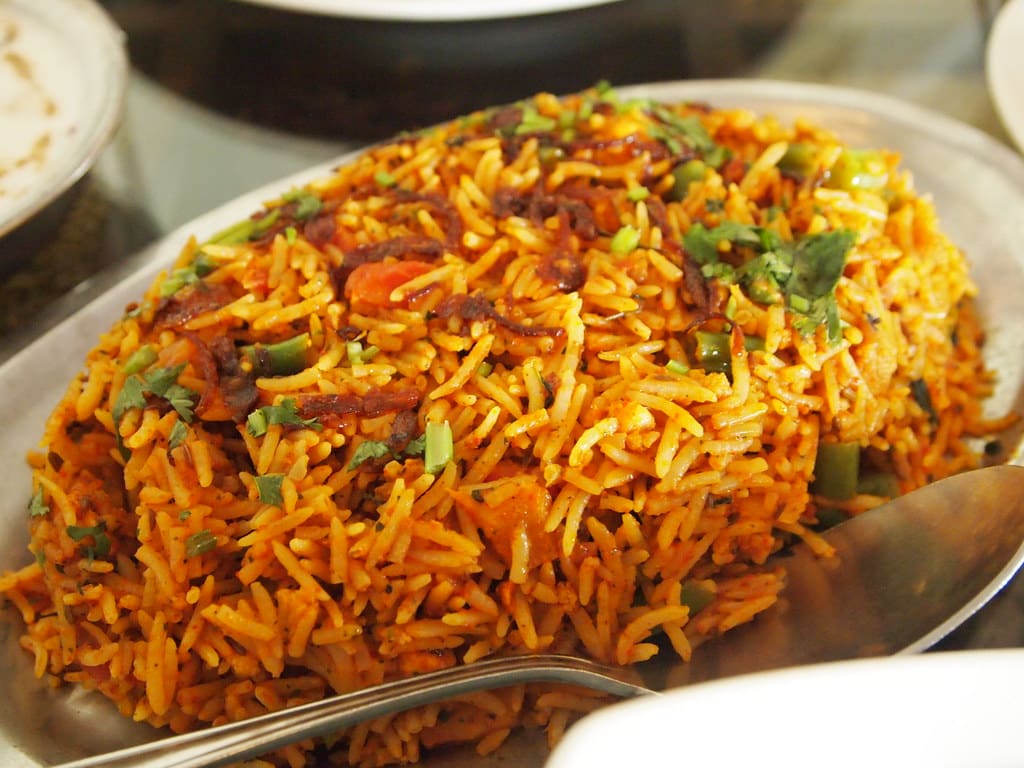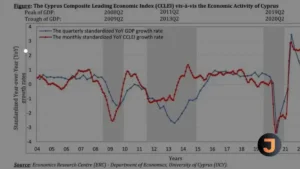The Timeless Journey of Biryani
The story of Biryani is as rich and layered as the dish itself. From the sumptuous spreads of mediaeval India’s royal courts, where it was a symbol of wealth and grandeur, Biryani has traversed through time to become a global culinary phenomenon. The dish’s essence lies in its preparation, where chefs would layer
The etymology of Biryani points to its Persian roots, with ‘biryan’ signifying the process of frying or roasting. As the dish spread across the Indian subcontinent, it embraced local flavors and cooking styles. In Lucknow, the Awadhi Biryani became renowned for its delicate balance and slow-cooking technique, while the south of India introduced the fiery and robust Hyderabadi Biryani.
The Mughal era witnessed the refinement of Biryani with the Dum Pukht method, where the dish was slow-cooked in a sealed pot, enhancing its flavors and textures to create an aromatic masterpiece. This cooking technique marked a significant evolution in Biryani’s history, making it even more succulent and flavorful.
Biryani’s allure was not confined to the Indian subcontinent. It captivated palates in Persia, Indonesia, and other regions, evolving with each culture it touched. The dish’s versatility and ability to incorporate local ingredients made it a favorite worldwide.
Today, Biryani continues to be a staple at home kitchens, restaurants, and festive gatherings. Its enduring appeal lies in its power to unite people over a shared love for its rich taste and communal spirit. As we savor Biryani in the modern era, we celebrate not just a meal but a legacy of shared traditions that have withstood the passage of time.






